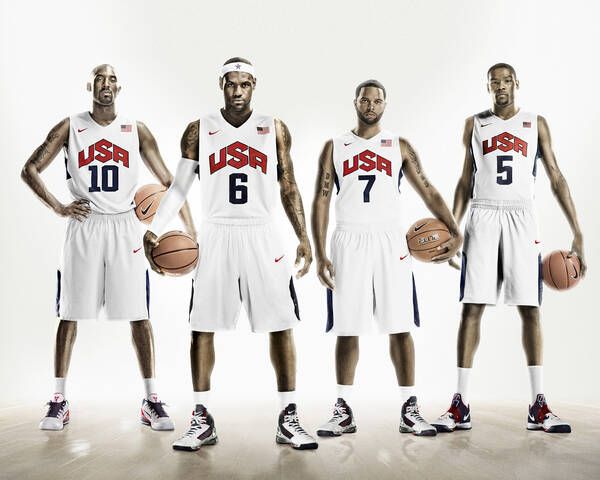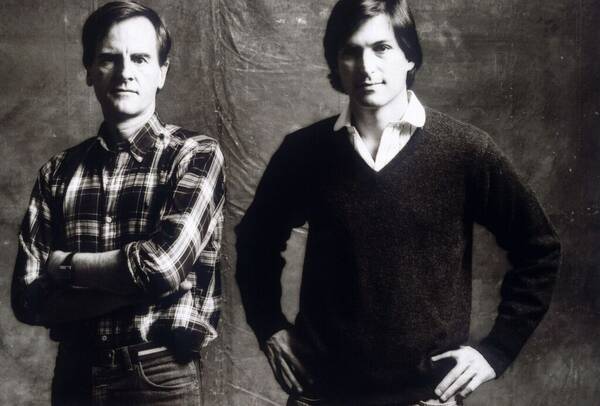
Photo by Joshua Sudock, courtesy of The Orange County Register
profile / alumni / transportation-design
April 25, 2016
Writer: Hugh Hart
Fearless Futurist, Bob Gurr
“Be permanently curious about everything.”
Bob Gurr proved himself an audacious futurist of uncommon ingenuity at the age of 20, authoring one of the first books on automotive design, How to Draw Cars of Tomorrow, shortly after graduating from ArtCenter in 1952. Two years later, Gurr joined the fabled group of Disney Imagineers that essentially invented the modern theme park. During his 27-year Disneyland tenure, Gurr transformed track-guided sports car racing into a minor art form with his Autopia attraction, designed a fully functioning Buck Rogers-inspired Monorail, terrified visitors with his proto-interactive Omnimover System for the Haunted Mansion attraction and invented the conveyer belt-like PeopleMover.
As seen in the 2015 movie Tomorrowland, Gurr also pioneered animatronic technology when his “Abraham Lincoln” addressed visitors at the 1964 New York World’s Fair.

All archival photographs courtesy of Bob Gurr
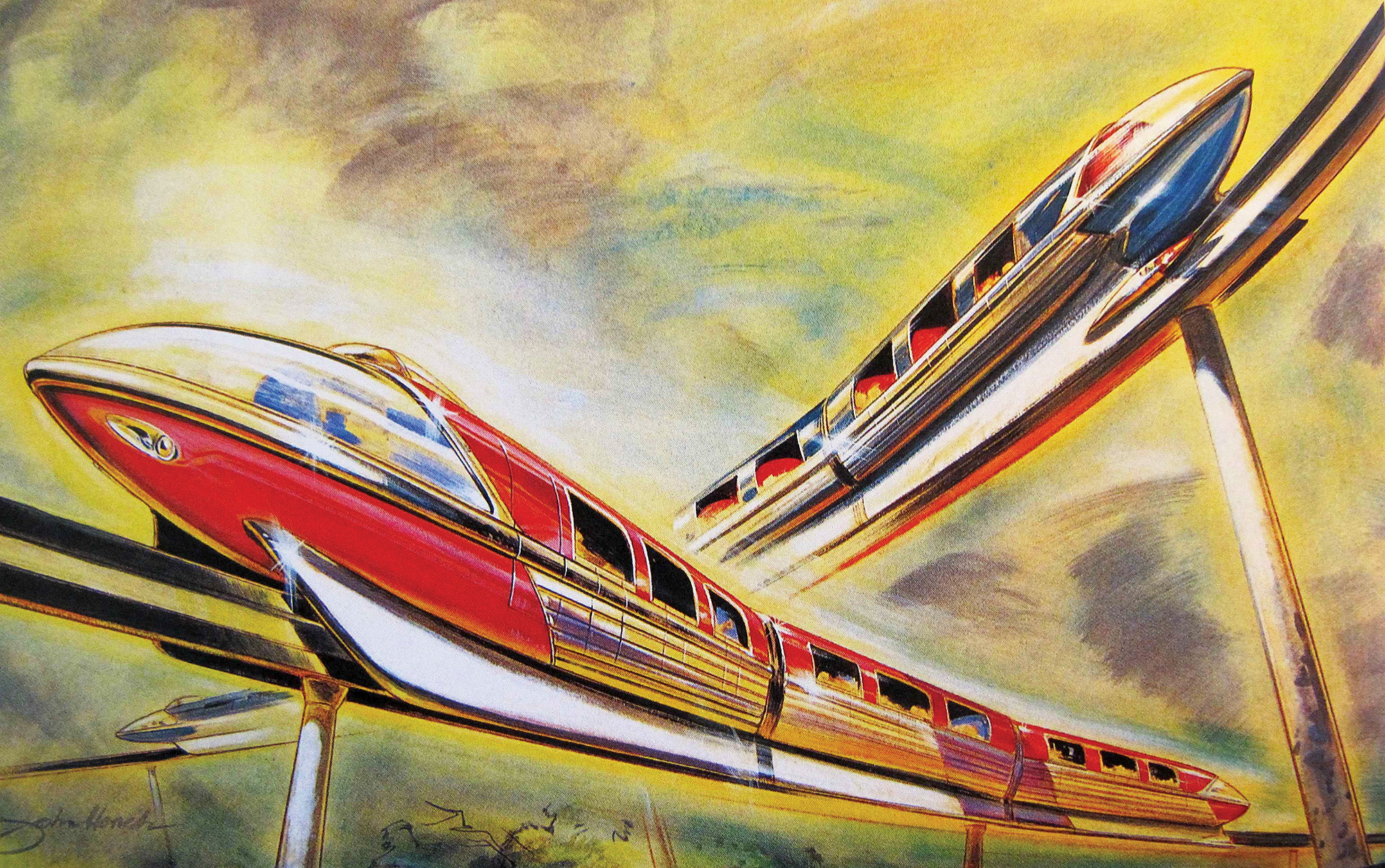
A North Hollywood native who now lives in Tujunga, Gurr recalls, “In the early years of Disneyland, Walt asked people to design stuff that had never been done before, and all of us there at that time had absolutely no fear to jump on it, even though we had no training and no prior knowledge.”
Post-Disney, Gurr staged the apparent “sinking” of a British man-of-war in Las Vegas for hotelier Steve Wynn, designed the “flying saucer” hovering over the 1984 Olympics closing ceremony and helped Steven Spielberg conjure a dinosaur for Jurassic Park, all without benefit of formal training as an engineer.
Instead, Gurr relied on unfettered curiosity to figure out the nuts and bolts of his elegant machines. He says, “If you’ve been poking your nose into everything that’s of interest to you even though you think you’ll never use it, you wind up knowing a little bit about a bunch of stuff. Then, when somebody asks you to create something, you know what you don’t know and you just tell yourself: Go get it. Go find that information.“
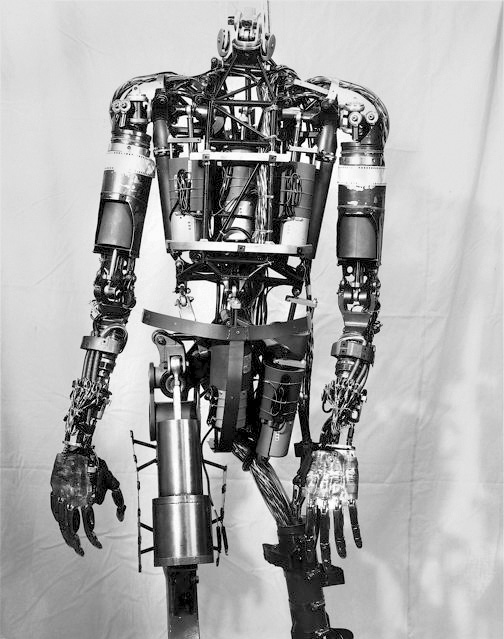
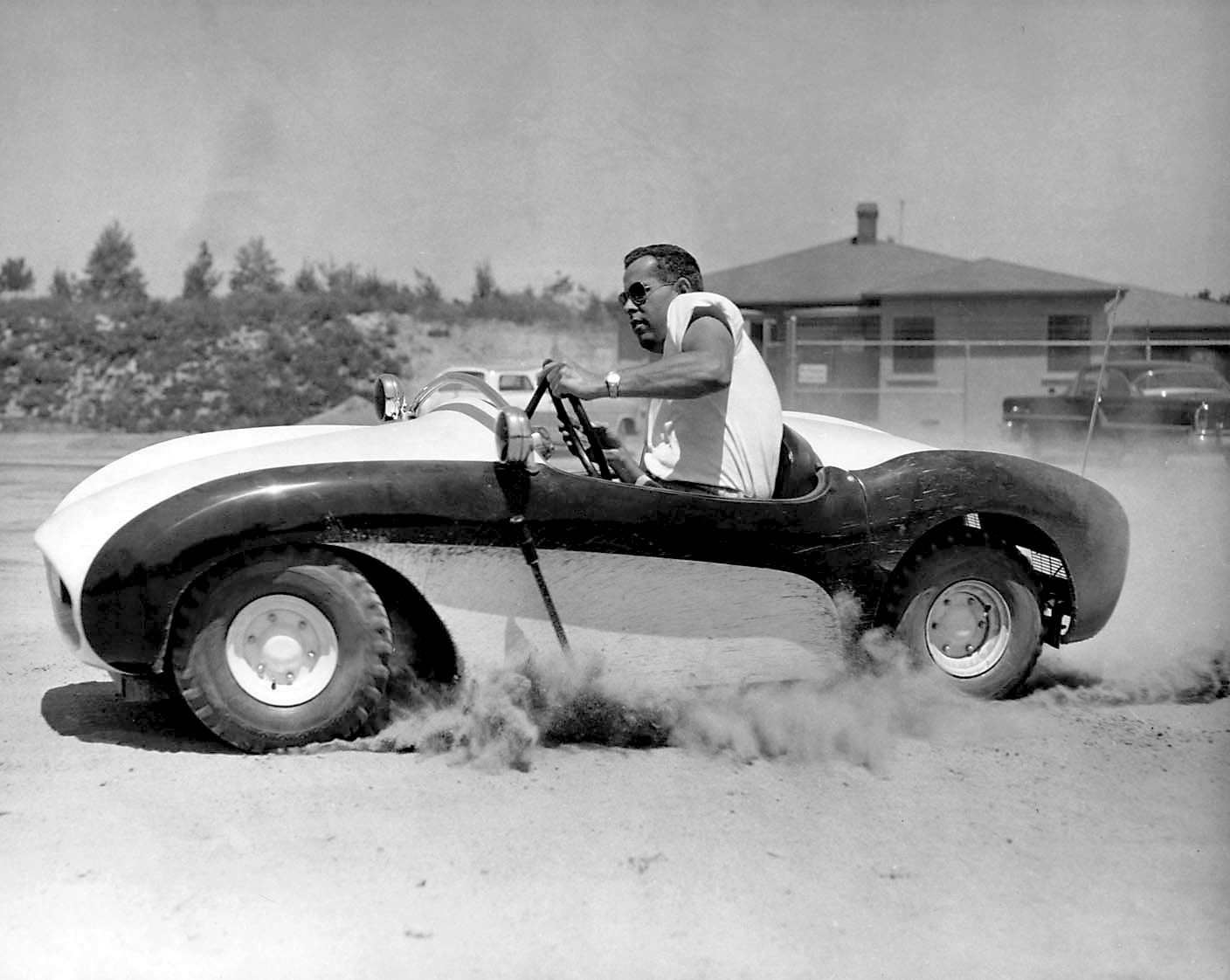

These days, Gurr, 84, goes mountain biking, judges attractions for the Themed Entertainment Association, gives about 60 no-nonsense talks annually to rapt techies, and uses roller coaster drawings to illustrate mathematical principles for grade school kids on behalf of the Department of Defense STARBASE program.
In between appearances, he pursues a late-blooming passion for filmmaking that encompasses everything from a Burning Man short film to the documentary-in-progress, Bob Gurr: Turning Dreams into Reality.
“People ask me, ‘Bob, don’t you golf?’ I say ‘No, I use Final Cut Pro X to make movies, and GarageBand to compose ambient electronica!’”


